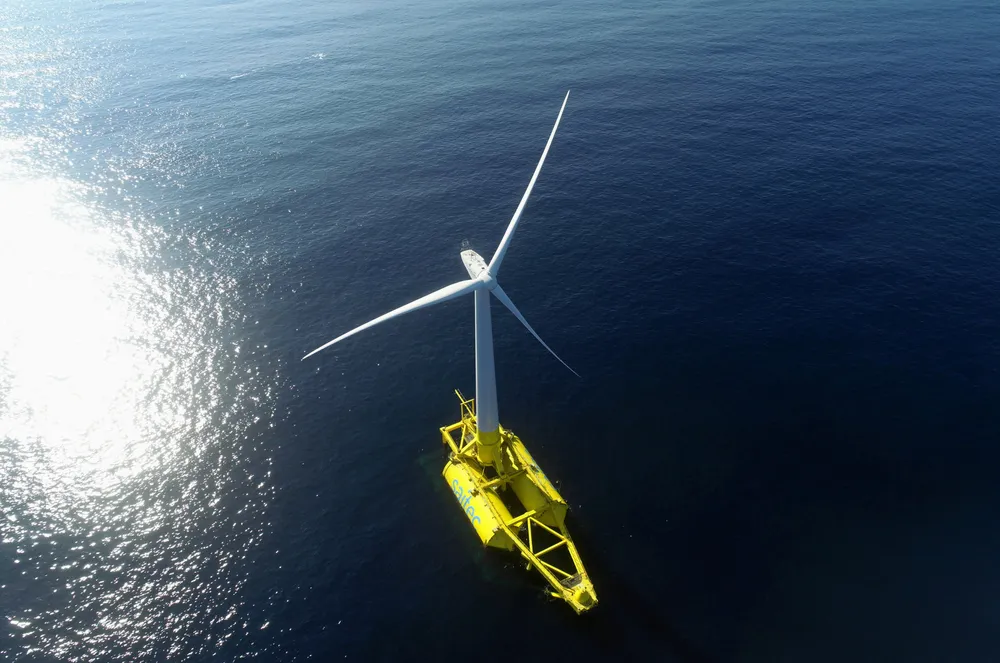RWE links with floating wind pioneer to tackle bird, marine and noise impacts
Global developer and Spanish platform innovator to look at environmental effects of prototype

RWE and floating wind pioneer Saitec will study the impact of turbines on bird and marine life in a bid to minimise environmental impacts of future projects.
The partners said the research project will look at three key areas: potential impact on birds; interaction of marine life with the structure of the platform; and underwater noise impacts.
The project will run until at least the end of next year “in order to span multiple seasons and weather conditions”, said RWE and Saitec.
Tenders for offshore wind deployment are increasingly building environmental factors into their criteria, sharpening the focus of developers on the type of issues the DemoSATH Lab project will examine.
RWE director of floating wind Martin Dörnhöfer said: “The DemoSATH Lab research will help us to increase our understanding of key biodiversity aspects of floating offshore wind turbines, such as underwater noise and bird interactions during operation. This will help us to ensure our future development of floating offshore wind is undertaken in coexistence with nature.”
DemoSATH is a joint venture between Spain’s Saitec, RWE and Japan’s Kansai Electric Power generating electricity from a 2MW pilot turbine in the Cantabrian Sea off Bilbao.
Saitec Offshore's SATH technology is based on a concrete platform concept with a plug-and-play single-point mooring that can facilitate disconnection for operations and maintenance work. The weathervane feature can diminish subsea load and make yaw manoeuvres easier, according to the developer.
(Copyright)